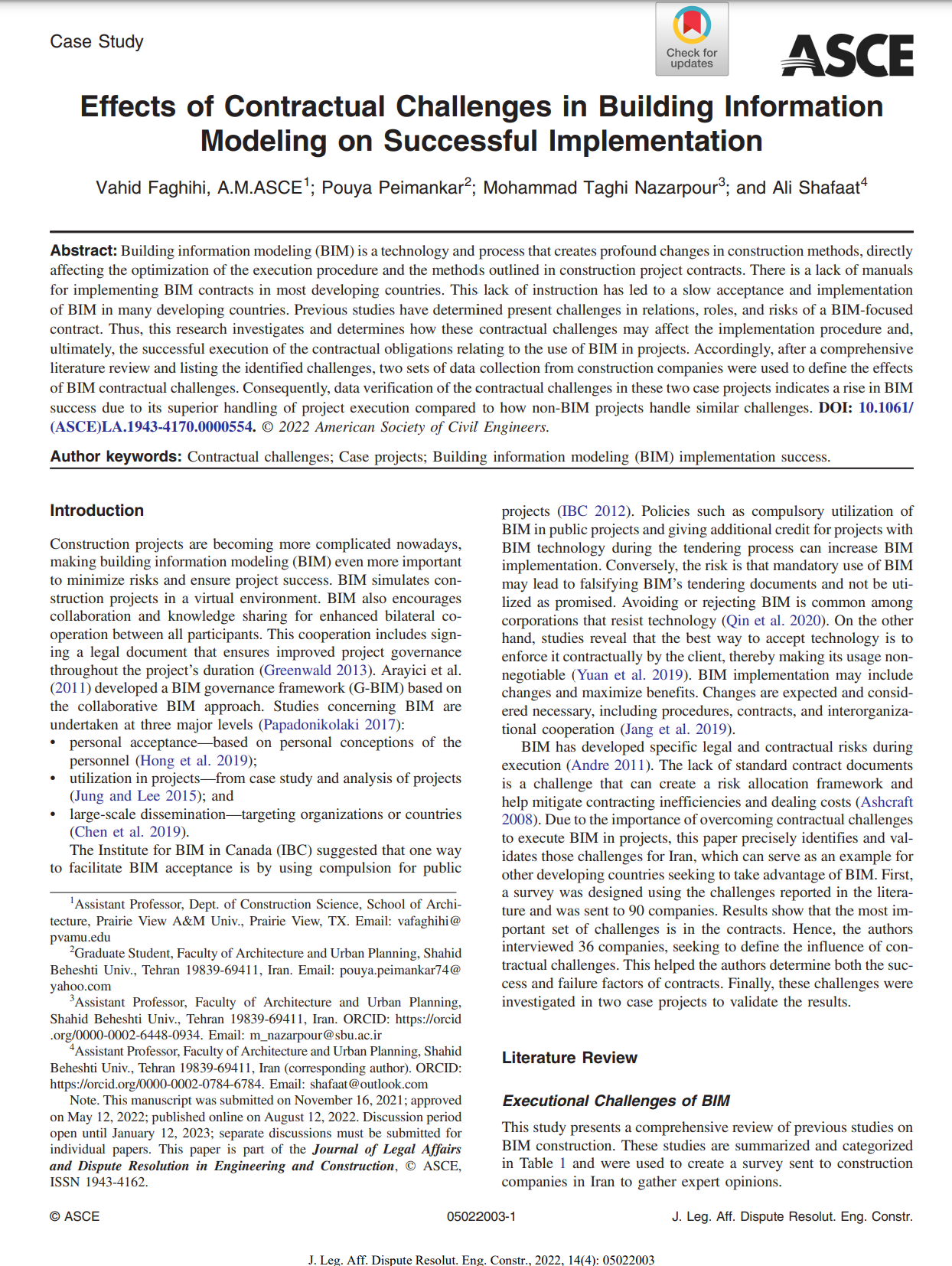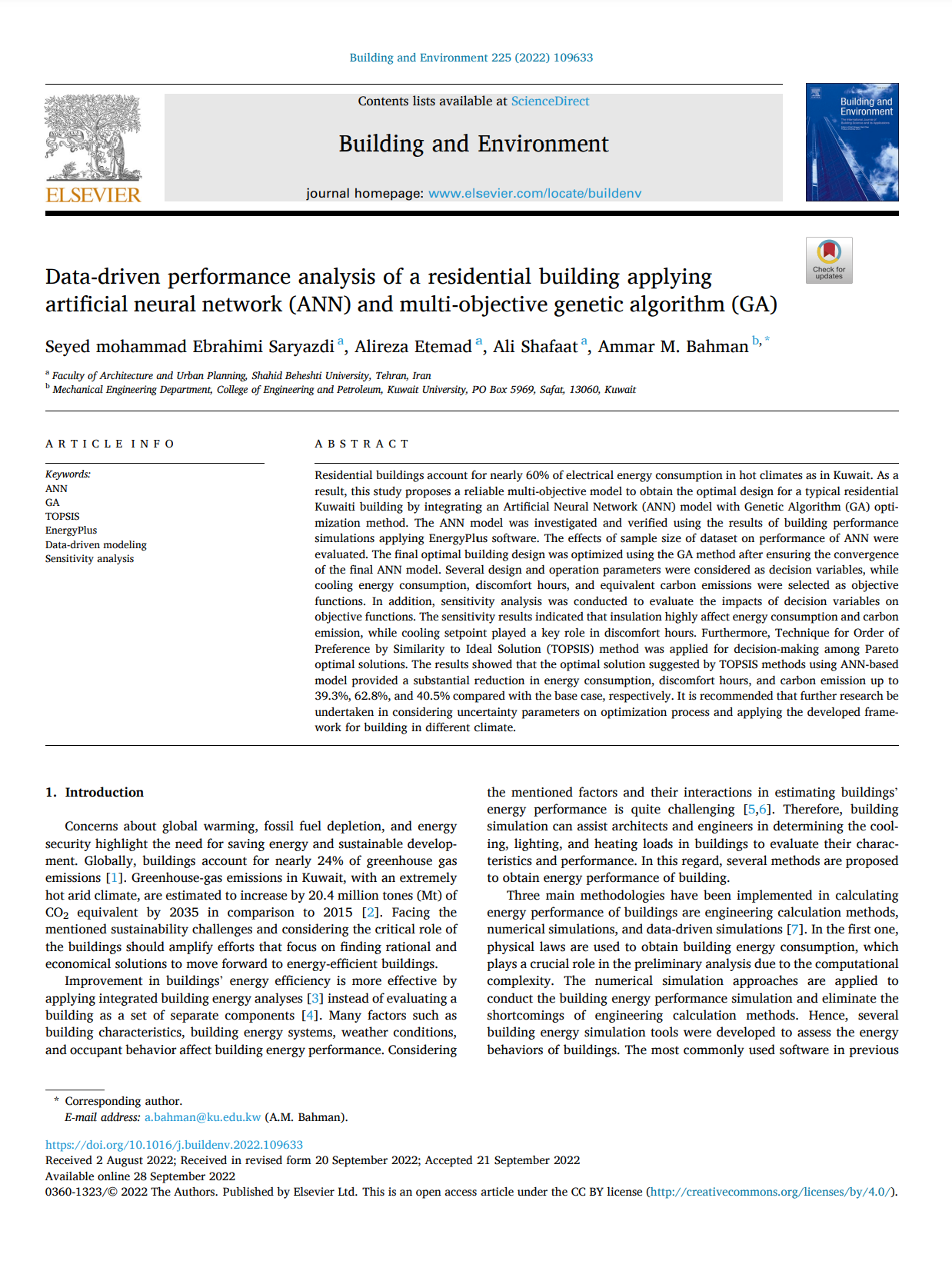Construction 4.0
The research team is focused on utilizing advanced technologies such as automation, semantic web, BIM, and IoT to improve the built environment. Our research aim is to examine the integration of these technologies in facility management with a focus on enhancing building efficiency, reducing operating costs, and improving the overall user experience. To achieve these goals, we will be exploring existing technology solutions, identifying gaps and limitations, and developing new and innovative solutions to address these challenges.In particular, we will investigate the potential of semantic web technology to provide a standardized and interoperable framework for facility management information and data exchange. This will allow for more seamless integration between building systems and better collaboration among different stakeholders. We will also be exploring the potential of BIM technology to provide a comprehensive and integrated solution for managing the entire lifecycle of a building. This will enable facility managers to access real-time data, make informed decisions, and improve building operations and maintenance.
Furthermore, we aim to utilize IoT technology for online data gathering and monitoring to apply it in maintenance and smart buildings. This will involve incorporating sensor networks and real-time monitoring of building systems, which will help facility managers to proactively address potential issues, improve energy management, and optimize building operations.
Our research findings will be shared with the broader community through academic publications, industry events, and outreach initiatives. We want to inspire and encourage the widespread adoption of these technologies in facility management, leading to a more sustainable, efficient, and safely built environment.




